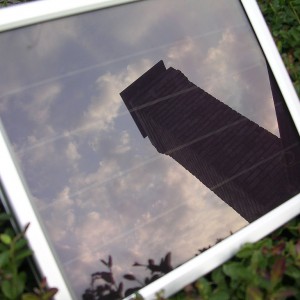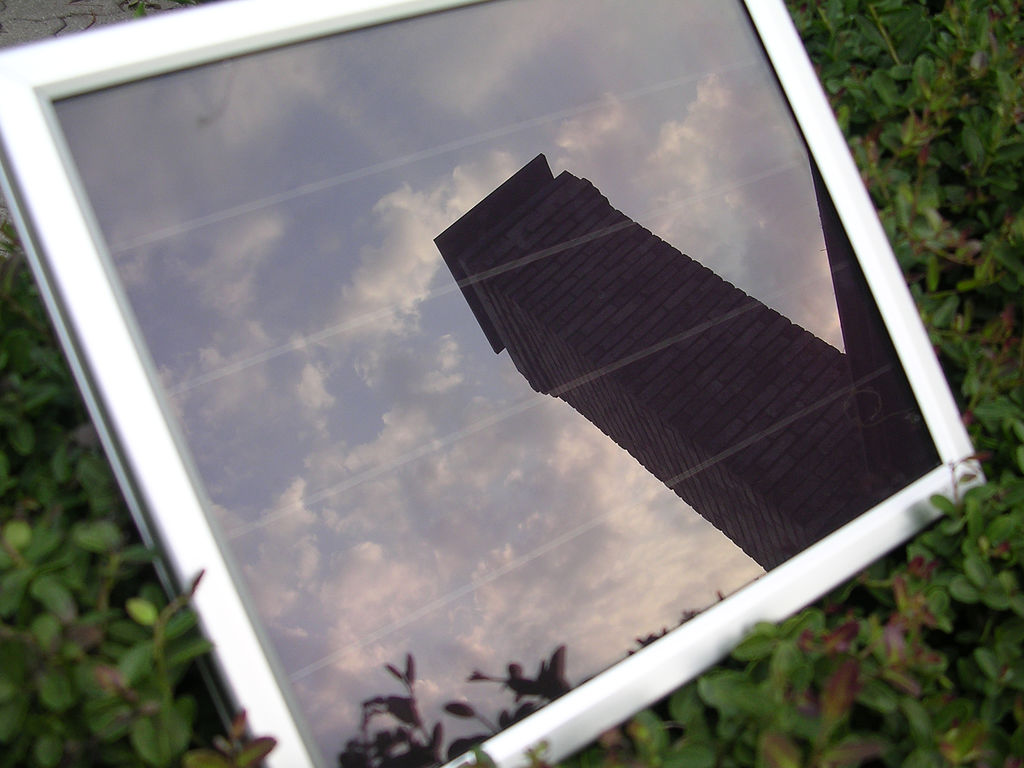What in the world is a solar chimney? It seems that there is no end to the development of amazing new technologies surrounding the renewable energy market. As the issue of climate change increasingly pressures nations, more alternative sources are being developed to cater to the growing demand for sustainability and fossil fuel independence. Such is the case of the solar chimney technology.
Today, much of the solar power technology largely relies on the use of photovoltaic cells commonly called solar panels. Though the majority of industries and residences use solar PV cells, the solar chimney technology has also generated more interest as it has proven to be an efficient alternative in harvesting the sun’s energy.
The solar ventilation technology, aptly called the “solar chimney” to lend a sense of familiarity, is designed largely for regions with hot and arid climactic conditions. This design is meant to address certain limitations surrounding the use of alternative solar pv cell systems. Instead of directly harvesting solar radiation, these tall chimney-like ventilation systems are built by harvesting the same solar energy using heated air.
This unique technology makes use of a transparent canopy installed between 2 and 20 metres aboveground to contain the heated air. At the centre stands the tower, composed of a tall hollowed conduit, wherein the heated air is channelled. The power turbines at the chimney’s base will then generate the electricity as the warm air rises to it.
Though the solar ventilation technology may sound like a ground breaking alternative to typical PV cells, this technology has actually been in existence for over a century. It was first proposed by Spanish army colonel, Isidro Cabanyes, and the technology eventually spread globally. The technology is hailed for its adaptability and stability not often enjoyed by other renewable energy.
Advantages
One direct advantage of the solar chimney is its self-sustaining structure that allows it to operate without direct sunlight so long as there is sufficient temperature inside the canopy. Operation can also happen round the clock as solar radiation is efficiently captured. The surrounding land mass may also provide the additional heat to sustain operation throughout the night. Adding a layer of gravel to a ground surface can also increase the ability of land mass flanking the chimneys. This will help lock in and release heat as needed.
In terms of maintenance, these chimneys are known to require much less as the presence of dust and grit is virtually minimized due to constant air flow. This is one of the major issues from using photovoltaic cells in desert environments as accumulating dirt on the surface of the panels can decrease its efficiency.
Drawbacks of Solar Chimneys
Up to this day, the use of sun powered chimneys is obscured. One of its major downside is mostly focused on its steep initial cost. These solar powered chimneys must also be constructed on an immense scale to be effective. These chimneys can only generate an estimated 1 to 2 percent efficiency rate. This is quite low as compared to solar PV cells which can generate up to 15 percent of energy.
Today, a 200 megawatt solar plant is in the works for a tin mine in Western Australia. A collaborative development by Schlaich Bergermann and Partner, a German engineering outfit, and Hyperion Energy plans to construct a total of one kilometre of cement-and-steel solar chimneys with a 10-kilometre diameter of canopy. The overall estimated cost is US$1.67 billion.
So, is this a viable alternative? The answer is yes, if the initial costs of constructing solar chimneys can be cut significantly then the possibility of a more efficient solar energy future will one step closer.

